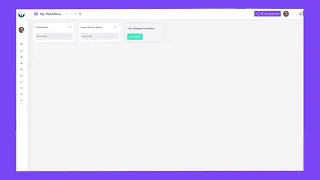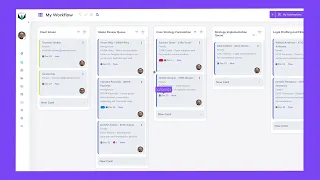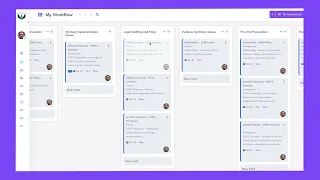In this quick, 6-minute overview you’ll discover how a simple three-column Kanban board can bring crystal-clear visibility to even the busiest practice—and whether your firm is showing the classic “ready for Kanban” signals.
Key Points at a Glance
Transparency on Demand – See every matter’s status at a glance, from “To Do” to “Done.”
Five Red-Flag Symptoms
Growth that still depends heavily on partners
Endless “What’s next?” interruptions from staff
Team always busy, yet progress feels invisible
Non-billable work eating >10 % of the day
Flat-fee matters where efficiency drives profit
Proven Benefits – Smaller non-billable load, better client comms, and stress-free task prioritization.
Next Step – If those red flags sound familiar, Kanban may be the productivity win your firm needs.

In this lesson, you'll learn how to identify if you should implement the Kanban methodology and how to get started.

An in-depth look at integrating Agile methodologies in a legal setting, guided by industry expert John E. Grant.

Where and how should you start implementing Kanban? Let's go over how to use what you already do and translate it into Kanban.

Let's walk you through how to build a Kanban board using Legalboards for our example firm.

Now that we know the framework and how to build a board, let's step back and examine how to view the work we've completed so far.

In this lesson, we'll dive into one of the concepts that John covered in lesson 2, WIP limits. You'll learn how to apply them for effective management.

Tips about how to best view your board so you can ensure you understand everything at a glance.

One of the most important benefits of using Kanban is the enhanced client experience. Let's examine how to optimize your operations for clients.

In this lesson, we'll wrap up this course and the Agile concepts covered.
